How to Stay Safe when Severe Weather Threatens

When the SPC (Storm Prediction Center) and the NWS (National Weather Service) issue severe thunderstorm, flood, and tornado watches and warnings, they do so because there are significant risks to lives and property. Listed below are some threats we commonly see in thunderstorms. Remember to always be safe and take weather warnings seriously!
Tornadoes
A tornado is a violently rotating column of air extending from the base of a thunderstorm down to the ground. Tornadoes are capable of completely destroying well-made structures, uprooting trees and hurling objects through the air like deadly missiles. Tornadoes can occur at any time of day or night and at any time of the year. Although tornadoes are most common in the Central Plains and southeastern United States, they have been reported in all 50 states. This page is designed to teach you how to stay safe in a tornado. If you know what to do before, during, and after a tornado, you can increase your chances of survival. (For more information, see post HERE
Severe Thunderstorms
A thunderstorm is considered severe if it produces hail at least 1 inch in diameter, has wind gusts of at least 58 miles per hour, or produces a tornado.
Every thunderstorm produces lightning, which kills more people some years than tornadoes or hurricanes. Heavy rain from thunderstorms can cause flash flooding. (For more safety tips, read this post
High winds can damage homes and blow down trees and utility poles, causing widespread power outages. Every year people are killed or seriously injured because they didn't hear or ignored severe thunderstorms warnings. The information in this post, combined with timely watches and warnings about severe weather, could save your life. (I have more tips and information about high winds HERE
Listen to local news or NOAA Weather Radio for emergency updates. Watch for signs of a storm, like darkening skies, lightning flashes or increasing wind. (More info about NOAA Weather Radios can be found HERE
If you can hear thunder, you are close enough to be in danger from lightning. If thunder roars, go indoors! Don't wait for rain. Lightning can strike out of a clear blue sky. Lightning Q&A can be found HERE
Avoid electrical equipment and corded telephones. Cordless phones, cell phones and other wireless handheld devices are safe to use since they are not physically connected to the wiring in the house.
Keep away from windows.
If you are driving, try to safely exit the roadway and park. Stay in the vehicle and turn on the emergency flashers until the heavy rain ends.
If you are outside and cannot reach a safe building, avoid high ground; water; tall, isolated trees; and metal objects such as fences or bleachers. Picnic shelters, dugouts and sheds are NOT safe.
Lightning and Flood Threats
While much of the focus during severe weather is on tornadoes, wind, and hail, there are actually more deaths caused each year by flooding and lightning, which are also commonly associated with severe weather. If you hear thunder or see lightning, head inside immediately! When Thunder Roars Go Indoors! Heavy rainfall from thunderstorms can quickly cause rivers and streams to overrun their banks and cause street flooding in cities.
Remember, if you encounter a flooded roadway, do NOT drive or walk into it. Turn Around Don’t Drown! Visit weather.gov/lightningsafety and weather.gov/floodsafety for more safety tips and information. More flooding tips and information are available HERE
What is the difference between a Tornado Watch and a Tornado Warning issued by the National Weather Service?
Tornado Watch: Be Prepared! Tornadoes are possible in and near the watch area. Review and discuss your emergency plans and check supplies and your safe room. Be ready to act quickly if a warning is issued or you suspect a tornado is approaching. Acting early helps to save lives! Watches are issued by the Storm Prediction Center for counties where tornadoes may occur. The watch area is typically large, covering numerous counties or even states.
Tornado Warning: Take Action! A tornado has been sighted or indicated by weather radar. There is imminent danger to life and property. Move to an interior room on the lowest floor of a sturdy building. Avoid windows. If in a mobile home, a vehicle, or outdoors, move to the closest substantial shelter and protect yourself from flying debris. Warnings are issued by your local forecast office. Warnings typically encompass a much smaller area (around the size of a city or small county) that may be impacted by a tornado identified by a forecaster on Radar or by a trained spotter/law enforcement who is watching the storm.
Severe Thunderstorm Watch: Be Prepared! Severe thunderstorms are possible in and near the watch area. Stay informed and be ready to act if a severe thunderstorm warning is issued. Watches are issued by the Storm Prediction Center for counties where severe thunderstorms may occur. The watch area is typically large, covering numerous counties or even states.
Severe Thunderstorm Warning: Take Action! Severe weather has been reported by spotters or indicated by radar. Warnings indicate imminent danger to life and property. Take shelter in a substantial building. Get out of mobile homes that can blow over in high winds. Warnings are issued by your local forecast office. Warnings typically encompass a much smaller area (around the size of a city or county) that may be impacted by an on-going severe thunderstorm.
The SPC issues severe weather outlooks every day. The threat levels go from 0-5. The levels are None, Marginal, Slight, Enhanced, Moderate, and High. Refer to the above photo for what each level means. Generally if an area is in slight risk or above, the SPC will issue a severe thunderstorm or tornado watch at some point. The SPC then coordinates with the NWS offices affected by the potential severe systems to get those watches disseminated to the public. Once the severe weather outbreaks begin, the NWS offices are the ones who issue the warnings. (So, SPC issues watches, local NWS offices issue warnings, but they work together.)
Prepare for a tornado:
During any thunderstorm, listen to local news or a NOAA Weather Radio to stay informed about tornado watches and warnings and check the Weather-Ready Nation tips.
Know how your community sends warning. Some communities in tornado prone areas have sirens. Others depend on media and smartphones to alert residents to severe storms.
Pick a tornado safe room in your home such as a basement, storm cellar or an interior room on the lowest floor with no windows. Make sure all members of your family know to go there. Don't forget pets if time allows.
Conduct a family tornado drill regularly so everyone knows what to do if a tornado is approaching.
Consider having your safe room reinforced. You can find plans for reinforcing an interior room to provide better protection on the FEMA (Federal Emergency Management Agency) web site.
Take CPR training so you can help someone hurt during a tornado.
Include the phone number for your local power company in your cell phone so you can report outages.
Have a family plan that includes an emergency meeting place and related information.
Also, have an emergency kit ready to go and keep it stocked.
During a tornado:
The safest place to be is an underground shelter, basement or safe room.
If no underground shelter or safe room is available, a small, windowless interior room or hallway on the lowest level of a sturdy building is the safest alternative.
Mobile homes are not safe during tornadoes or other severe winds.
If you are caught outdoors, seek shelter in a basement, shelter or sturdy building.
If you cannot quickly walk to a shelter immediately get into a vehicle, buckle your seat belt and try to drive to the closest sturdy shelter. If you see large objects flying past while you are driving, pull over and park. You now have two choices:
Stay in the car with the seat belt on. Put your head down below the windows, covering with your hands and a blanket if possible.
If you can safely get noticeably lower than the level of the roadway, in a deep ditch for instance, exit your car and lie in that area, covering your head with your hands.
After a tornado:
Continue listening to local news or a NOAA Weather Radio
If you are away from home, return only when authorities say it is safe to do so. Listen to the radio, TV or other media.
Tornado debris may include sharp or dangerous objects. When walking through a tornado site, wear long pants, a long-sleeved shirt and sturdy shoes.
Watch out for fallen power lines or broken gas lines. Report downed lines immediately to your local power company.
Stay out of damaged buildings.
Use battery-powered flashlights when examining buildings. Do NOT use candles which could start a fire.
If you smell gas or hear a blowing or hissing noise, open a window and get everyone out of the building quickly. Once everyone is out, immediately call the gas company or fire department.
Carbon monoxide poisoning is one of the leading causes of death after storms when areas are dealing with power outages. Never use a portable generator inside your home or garage. Review generator safety.
Use the telephone only for emergency calls so rescue operation lines aren't tied up.
Check for injuries. If you are trained, provide first aid to victims in need until emergency responders arrive.
Do you know how to keep yourself safe?
For other safety tips, see the following posts:



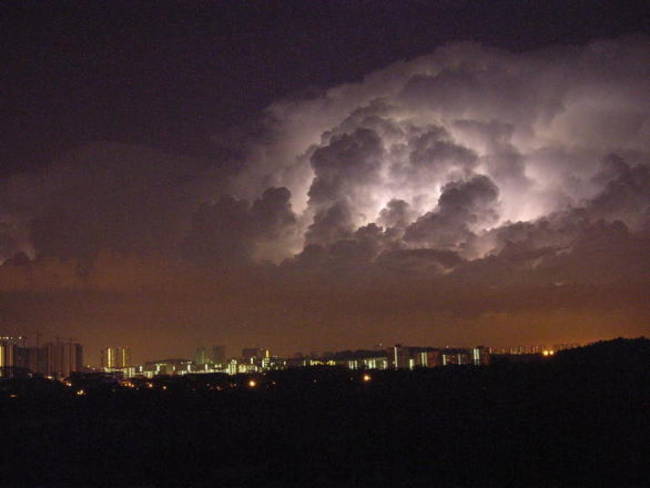
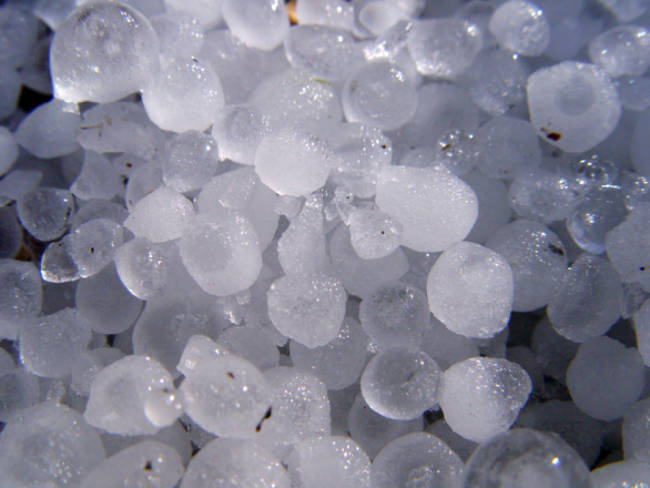
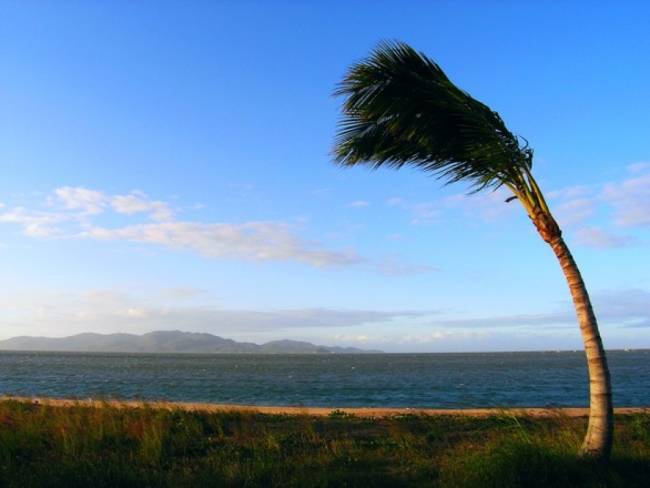
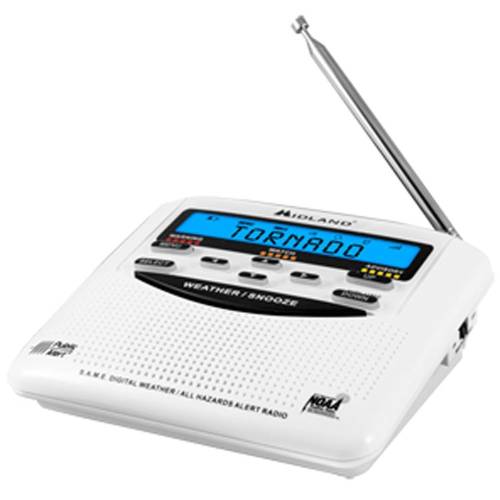
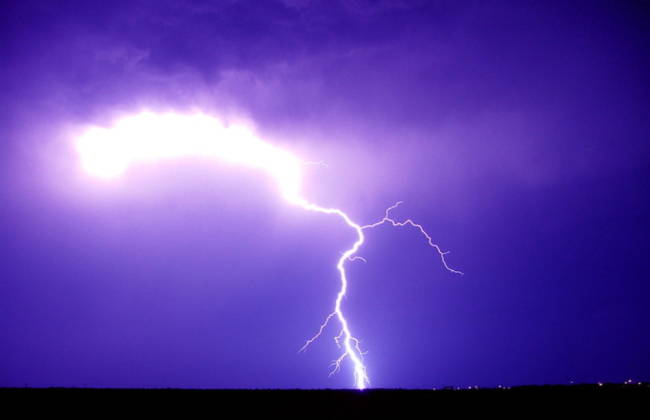
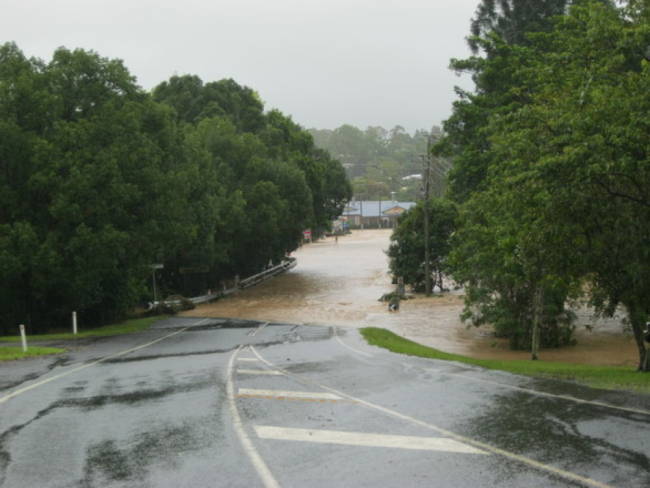
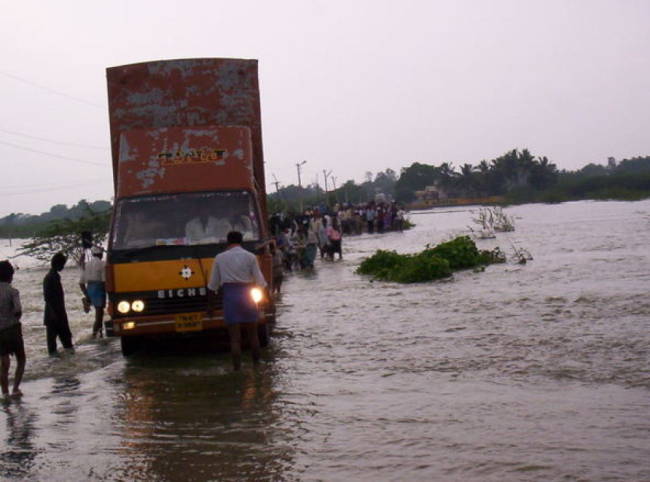
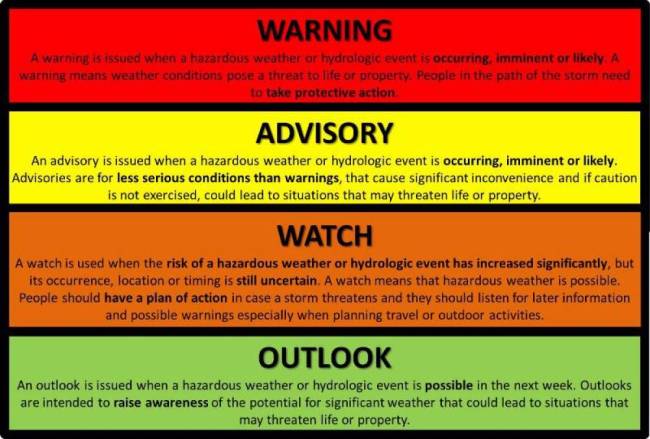
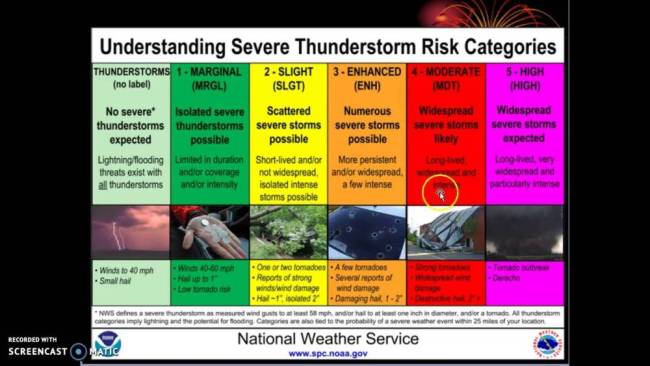









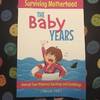









Comments